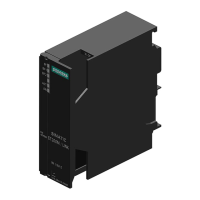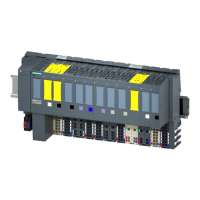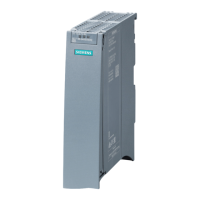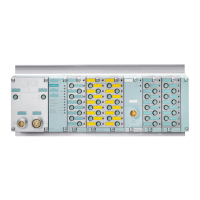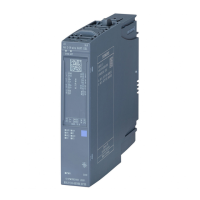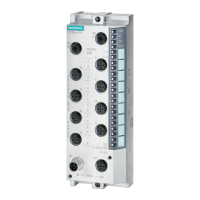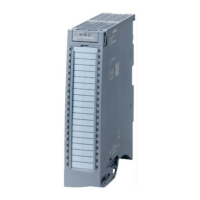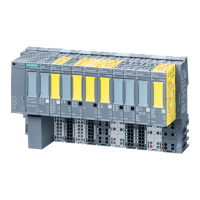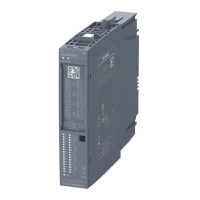Diagnostics
Function Manual, 09/2016, A5E03735838-AD
75
Alarms allow you to display events from processing in the automation system and to quickly
detect errors, to precisely localize them and to remove them. Downtimes are significantly
reduced in a plant.
Before alarms can be output, they need to be configured.
You can create, edit and compile event-dependent alarms along with their alarm texts and
alarm attributes and display them on display devices.
In STEP 7, you create program alarms in the user program with the "Program_Alarm"
instruction. You edit the attributes and alarm texts in the alarm editor in STEP 7.
You can output the alarm status with the "Get_AlarmState" instruction.
Advantages of program alarms
Compared to other alarm methods, such as HMI discrete alarms, program alarms offer the
following advantages:
● Central engineering in STEP 7: You only configure a program alarm once for the CPU.
The program alarm is automatically transferred from the CPU to all registered HMI
devices.
● System-supported acknowledgment: The acknowledgment of a program alarm on an HMI
device is automatically updated on other HMI devices by the CPU.
● Time stamping close to the event in the CPU
● Identical time stamps of the alarms on multiple HMI devices without time synchronization
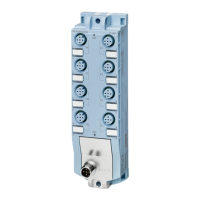
